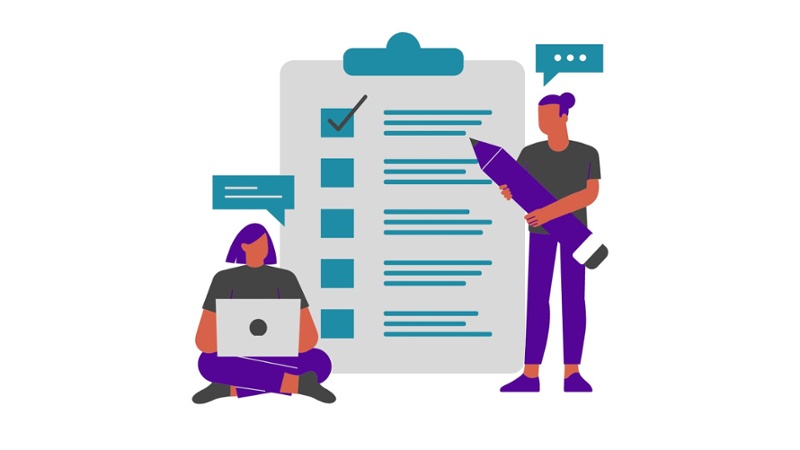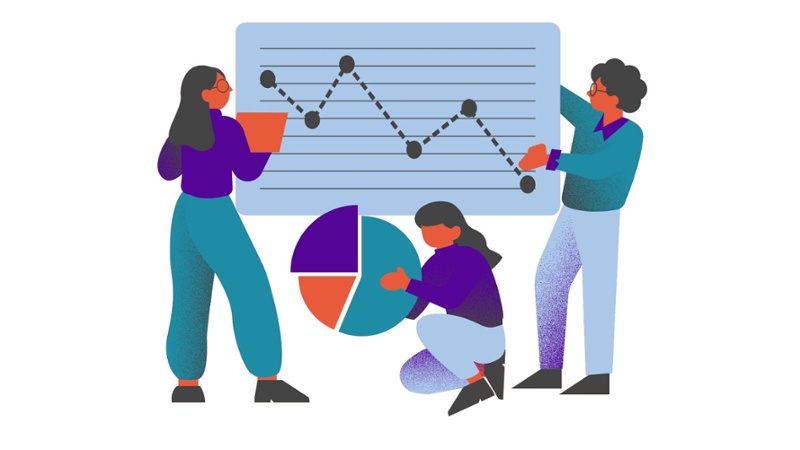Many people have never experienced the benefits of written, updated standard operating procedures (SOPs). This inexperience means you may face many objections when you're trying to introduce process documentation at your company.
Most objections can be grouped into one or more of these four categories:
- Time
- Cost
- Unsure/Indifferent to the benefits
- Confidence
This article is about the third category of objections: when people aren't aware of the benefits of documentation or how the benefits of documentation apply to them personally.
In the previous articles in this series, I highlighted the #1 tip for overcoming objections:
Learn what the objecting person cares about, and explain how this change relates to what they care about.
This tip is especially important when dealing with people who are not responding or not interested in joining your documentation journey.
Find more info about starting, writing, creating a system for maintenance, and more in this documentation guide.

Objection Example 1
“I don’t see why I should care, how does it benefit me?” (subtext)
This objection may be the why behind the why, the deeper meaning behind many of the other objections, so I’ll cover it first.
This objection may present itself as getting no response from people about your requests for them to use or be involved in documentation. It may be a silent resistance to the culture you're trying to start.
You’re not getting buy-in because they don’t really care, so they aren’t going to create, use, update, or set an example for their team about the importance of documentation.
To overcome this objection, think about how you can position the benefits of documentation to help this person achieve what they want.
How will more or all of the company creating and using documentation help this person?
Convince them why they should care by tying the benefits to their business goals or role’s goals.
For people with goals related to growing or retaining teams, you could say:
“Documentation will help us attract and retain more talent (people), by offering company benefits like reduced hours, due to efficiency.”
For leaders in charge of increasing revenue or expanding the team, you could say:
“Documentation will allow us to onboard new employees efficiently, which increases revenue faster.”
For leaders creating or improving processes or aligning teams, you could say:
“Documentation makes it possible to see, agree on, and improve processes faster.”
For people responsible for testing and innovation, you could say:
“Documentation makes iterating and experimenting more efficient. We can more easily see and trust the before and after test results if we've documented the before and after state of the process. We won't need to repeat experiments that we've done before just becuase we didn't have the information documented.”
For people whose job or personal values relate to improving company culture, you could say:
“Regular documentation fosters a culture of open communication, collaboration, visibility, transparency, learning, helping…these are signs of a healthy culture where people want to work. I’ve heard you talk about the value of culture and how important it is. I think getting people using and involved in documentation could really help improve our communication & culture.”
Maybe you know this person enjoys helping people, coaching, or mentoring, but right now, the only current way those are possible is through phone calls or in-person meetings. Frame documentation as a resource that helps people find answers they need, to learn how to upskill, when a phone call is not possible at that time, or not possible at scale as the team size increases. Documentation is part of a culture of transparency (you can literally see how everything in the company works) and good communication.

Objection example 2
“Why do I need to use documentation, I am doing an OK job as-is?”
This is often the subtext when you receive resistance, or unresponsiveness when you're trying to get a team to use documentation on a regular basis.
If you encounter this objection:
Think about overcoming inertia, overcoming the resistance to change.
Bringing it back to our #1 tip, try to figure out what this person cares about.
If they think “OK” work is good enough, it means this person may not be striving for a promotion or growth. So don't try to overcome this objection using career growth benefits.
Perhaps this person wants to spend the least amount of time working, that is something they care about.
You could say:
“Do you want to do your job in less time? Documentation can make that possible.”
Does this person like being in charge, receiving recognition, or helping people?
You could say:
“Can you be the editor/approver/owner for a process/category, to ensure it is correct and how you think the process should be done? It would be great if other people can learn from you. I can list your name as being in charge of this category or article so you can help them.”
This could prompt them to use the documentation when they do the process so they can ensure it is correct

Objection example 3
"Can you prove it will achieve the benefits you talk about?"
People may be skeptical that documentation can achieve all the benefits you've discussed.
To overcome this objection, you may need more than a script that appeals to their emotions about that ideal future state of having documentation.
As we discussed in the prioritizing advice for when you're just getting started with your documentation initiative, if you think you will face a lot of skepticism in order to get buy-in from your leadership or team, start your documentation with a test or experiment.
Document one small task or process related to a business goal to show impactful improvement.
- Make sure it is a task or process you complete or manage yourself, to ensure the documentation is correct and followed
- You need to be in control of the measurement and data collection
- This will ensure you'll have the information to prove that documenting the process helped achieve the goals
- Choose a task repeated often, to give you more data to show improvement over the many times the process is completed
Examples:
If your business goals relate to work accuracy, saving time, or the customer experience resulting from those goals:
- Choose a process or task and measure that it has xx% fewer errors or takes xx% less time
- Time will be easier to measure if your team is already tracking time. But they may only track the active time working on the task. Besides the tactical time to complete the work, be sure to factor in:
- Quality control or reviewing time
- The time it takes for people to search around in 100 tools when trying to remember how to do a particular process
- Time waiting for a response to a question that could have been answered immediately by documentation
- The time fixing mistakes that would have been prevented by documentation
- For errors, you may have to look through some historical data or context to get a benchmark for the current state of how many errors, on average, a process or task has before documentation.
- You could also document how to do quality control checks to prevent errors
- The measurement could be xx% fewer mistakes to fix after creating and using documentation
-
- Though sales teams can be difficult to convince to use documentation, if you have a good relationship with the team, this may be a good choice because the sales team is often directly related to business goals and likely tracking more data than other teams' processes
- Many companies track conversion rates between sales stages, how many people progress from one stage to the next, so you may have a benchmark to start with and not need to put any new data collection processes in place
- You could attribute a conversion rate change to having and using documentation IF using documentation is the only new part of the sales team's process during this testing time. Be careful about controlling the variables for your experiment.
Once you've tracked the "after documentation" state of your documented process for a set amount of time (depending on how often the process is performed and how many people complete it), you'll have data to help convince the skeptics about how documentation can help achieve their goals.
Continue to part four of this series, where we'll discuss overcoming your team's objections related to their confidence.
Topics: Documentation



